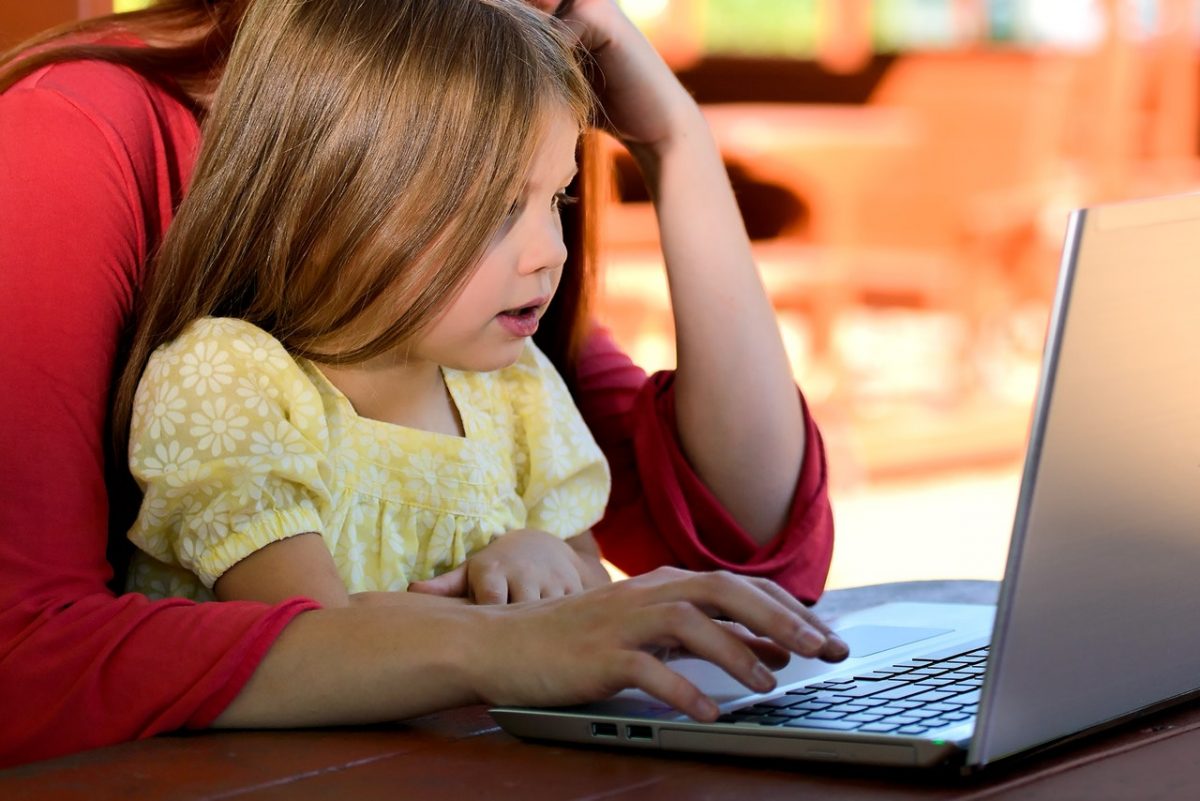5 tips for helping children think critically about privacy

Navigating our increasingly connected digital world can be difficult for the privacy-conscious parent. There are many decisions to make about how children engage safely and protect their privacy online, including whether and to what extent children are allowed to participate in social media and games. Fortunately, there are a lot of resources out there, including the Family Online Safety Institute’s guide to digital parenting, and PBS Kids’ series of guides, cartoons and apps for building digital media literacy.
Also, while we often think of “sharing” in the context of social media and the Internet, it can also be helpful to consider more analog applications, like updating relatives in phone calls or sharing pictures and home movies when they come to visit. Thinking about analog sharing can be an important exercise in itself – in an earlier series of blog posts, PIA’s former Head of Privacy, Rick Falkvinge discussed how in the transition from analog to digital, our children are losing some fundamental rights when it comes to privacy.
Regardless of how much or how little your child engages with the Internet, there are some steps that you can take to help your child understand their privacy rights and feel agency in how they present themselves to the world. Below, we’ve included some suggestions for helping your child analyze and think critically about how and what they share with others.
1. Teach your child how to analyze what is shared by and about them.
It’s all about the details, especially when it comes to media. Show your children pictures and videos before you or they upload them, and help them make a list of what that media expresses about them.
For younger children, this might be a more guided exercise. For example, before sharing a picture of a child’s recent birthday party on Facebook, you can talk about what they remember and see in the picture, like a game of “I Spy”. You can ask your child questions like: Who is in this picture with you? What toys can you see? What number is on your cake? Where did we have your birthday party? How long ago was that?
Older children might be able to engage in more abstract exercises, including looking at pictures of others, describing what they see, and making guesses about the people in the pictures based on what is shared about them – hobbies, favourite colours, their relationships with others in the picture, etc.
The important part of the exercise is helping children identify the details that are being shared by and about them, although it can have the added bonus of being an excellent opportunity to talk to your child about important memories and experiences.
2. Keep a “sharing” log or journal with your child.
Help your child keep a physical record of what is being shared about them, where it’s being shared, and who it is being shared with. Especially if you don’t allow your children to use social media, this may also include things that are shared through email or in an analog way – “I showed grandma videos from my birthday when she came to visit.”, “I gave aunt Karen a picture of my school picture for her to keep.”, etc. You can help your children include details about what they’ve shared, incorporating the exercise above.
3. Make your child aware of “smart” technology and the Internet of Things.
While for the purposes of building understanding and agency, it can help to start with discussing intentional sharing, it’s important to help your children be aware of the other ways that they may be sharing data about themselves, especially in the home. Older children should especially be informed of what is tracked and stored about them by IoT devices, including “digital assistants”, electronic toys, and IoT appliances.
4. Help your child review and delete old things that have been shared by or about them.
Especially as adults, we tend to forget what we’ve shared in the past – however, reviewing old posts, emails, and photo albums can be a good way to teach children how to exercise their right to be forgotten and how to exercise control over how they are presented in the world. This can be done in conjunction with the “sharing” log or journal.
If things are shared on social media, this can be a way to show your children how to update their privacy settings and have unwanted content removed. Reviewing old content with your child is also an opportunity to revisit old memories and talk with your child about how they’ve grown and changed over the weeks, months, and years.
5. Consult your child when you share things about them – or, even better, seek their consent.
When you share pictures, videos, and even text updates with friends and family members, you should include your child in the conversation. Ask your child what they want to tell and show others, and what they would rather keep private. Older children should be given the opportunity to consent, especially before things are shared about them online or in a format that may be difficult to change or delete later.
From an early age, you can give your children a sense of agency and control around their experiences, image, and what is shared with others. If you make a habit of seeking their consent before sharing, you can send the message that no one’s desire for information about them is more important than their right to privacy.
By allowing even young children to decide what is shared about them, it also can make what they choose to share more meaningful, allowing them to share their world with friends and family through their own unique point of view.
